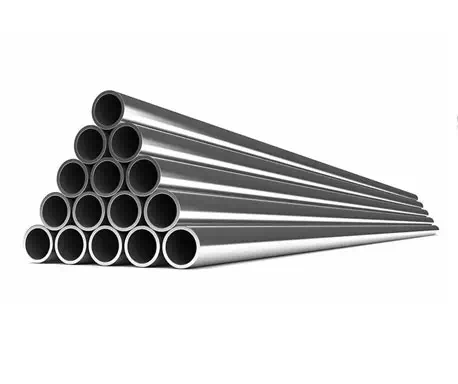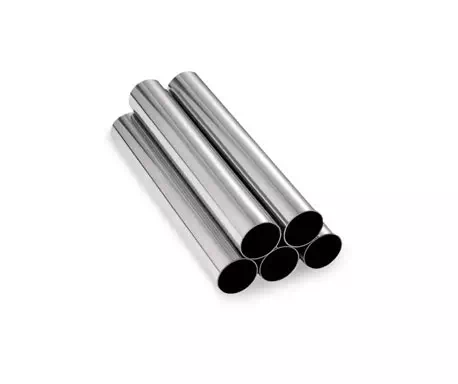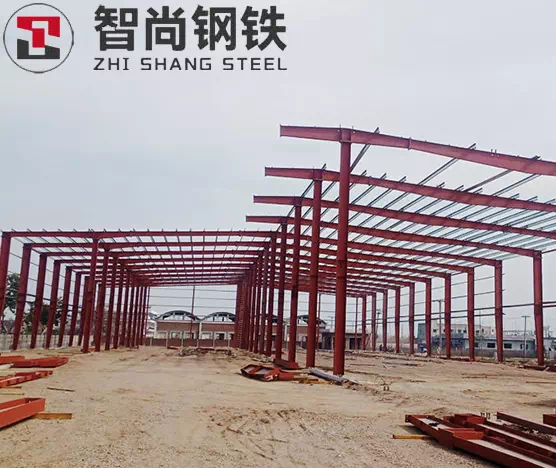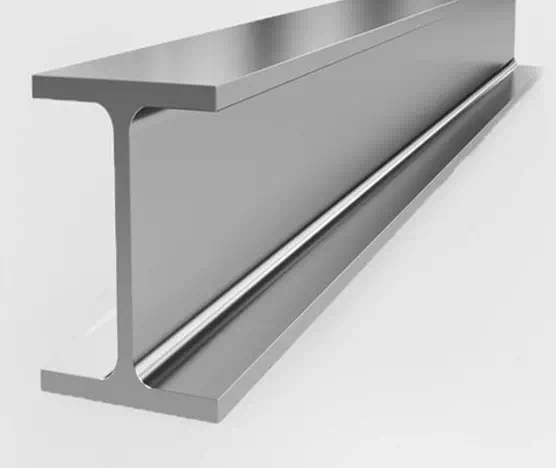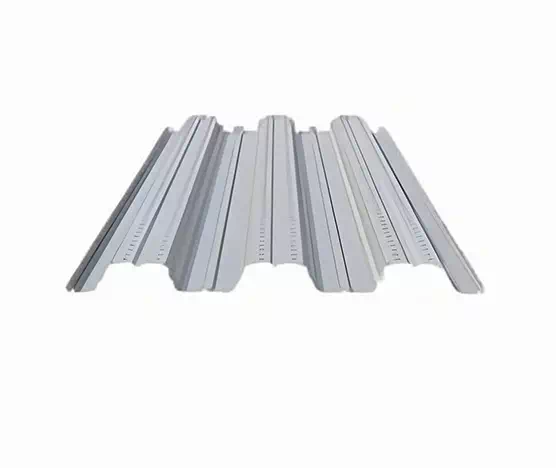Product selling points
* This is one of our most popular styles at the moment.
* We offer multiple styles for you to choose from.
* This model is one of our top recommendations.
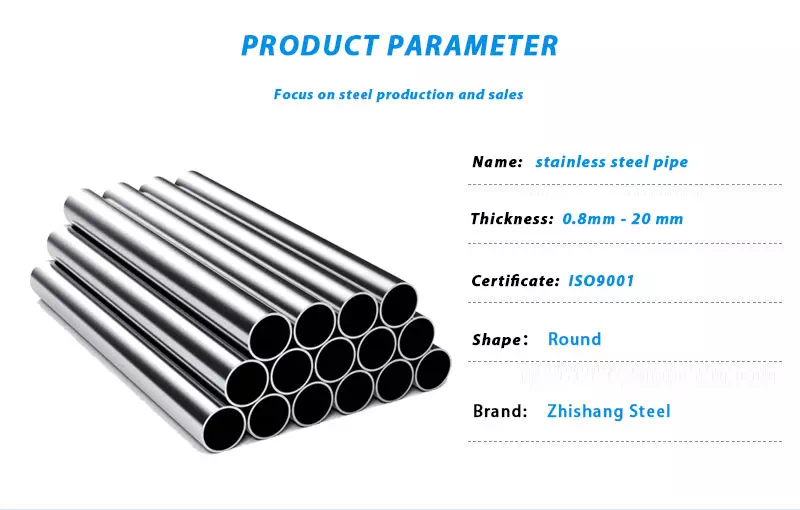
| Material | Stainless Steel 304/304L/316L |
| Shape | Round / Square / Rectangle |
| Production Standards | ASTM A270, ASTM A269, ASTM A249, ASTM A778, ASTM A789, DIN 11850, EN 10357, EN 10217-7 and so on. |
| Outer Diameter | 16mm - 2000mm ; |
| Thickness | 0.8mm - 20 mm ; |
| Length | 6 Meters - 18.3 Meters ; As customers' request ; |
| Tolerance | According to the Standard , +/-10% Commonly ; |
| Surface Treatment | 180#, 320#, 400# Satin / Hairline, Bright Anneal, Pickle,400#, 500#, 600# or 800# Mirror finish |
| Application | Petrochemical Industry ; Chemical Fertilizer Industry ; Oil Refining Industry ; Oil And Gas Industry ; Light Industry And Food Industry ; Pulp And Paper Industry ; Energy And Environmental Industries . |
| Test | Flaring test ; Flattening test ; Bending Test ; Hydraulic Test ; Eddy Current test |
| Design | OEM / ODM / Customized |
| Certificate | ISO9001 ; ISO14001; ISO 18001; TUV ; |
I. Core Materials and Standards
(1) ASTM standard model
ASTM A312: This standard widely covers seamless and welded austenitic stainless steel pipes. In practical applications, it is mainly applicable to those environments with strict requirements for environmental conditions, such as high temperature, high pressure and corrosive characteristics. For example, in some chemical production processes, the pipelines inside the reaction vessels need to withstand high temperatures and the erosion of various corrosive chemical substances. At this time, the stainless steel pipes of ASTM A312 standard can exert their excellent performance. The common grades under this standard include TP304L (UNS S30403) and TP316L (UNS S31603). Among them, TP304L has a relatively low carbon content. In high-temperature environments, it can effectively prevent the precipitation of intergranular carbides, thereby enhancing the ability to resist intergranular corrosion. TP316L, on the other hand, stands out in terms of resistance to chloride corrosion. In some coastal or high-salt environments, it can maintain good stability and prevent rust and corrosion.
ASTM A269: It is a general standard for seamless tubes. This standard places particular emphasis on two key aspects: mechanical properties and corrosion resistance. In the medical field, for some pipelines that need to transport media such as liquid medicine and gas, the good performance of their mechanical properties can ensure that the pipelines will not deform or rupture due to factors such as pressure during long-term use. At the same time, the corrosion resistance can also ensure that the inner wall of the pipeline will not undergo chemical reactions with drugs and other substances, ensuring the purity of the drugs. In the food industry, such as in the production processes of dairy products and beverages, the seamless tubes under this standard, due to their high requirements for surface finish, can effectively prevent food residues and are easy to clean, thus ensuring the safety and hygiene of food.
ASTM A789: This standard is mainly established for duplex stainless steel seamless tubes. UNS S32205 (2205 duplex steel) is a typical representative among them. This duplex stainless steel combines the properties of austenitic and ferritic, and has unique advantages. Among them, the most prominent feature is its resistance to chloride ion corrosion. In Marine engineering, seawater contains a large amount of chloride ions, which are highly corrosive to metal materials. However, 2205 duplex steel can maintain good stability in such an environment, effectively extending the service life of the equipment. In chemical equipment, such as some containers and pipelines for storing and transporting acidic or alkaline chemicals, their high strength and corrosion resistance can also ensure the safe and reliable operation of the equipment.
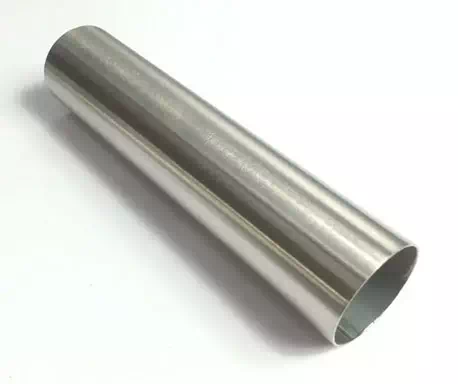
(II) Typical material characteristics
Tp304/304l: TP304 contains 18% chromium and 8% nickel. Chromium can form a dense chromium oxide protective film on the surface of steel, thereby endowing it with certain corrosion resistance and enabling it to withstand general corrosive environments. As a low-carbon version of TP304, 304L, with less intergranular elements such as carbon, can effectively reduce the precipitation of intergranular carbides in high-temperature environments or after sensitization treatment, thereby significantly enhancing its resistance to intergranular corrosion. For instance, in some chemical processes that require frequent heating and cooling, 304L stainless steel pipes can better maintain the stability and corrosion resistance of their structure.
TP316/316L: 2% - 3% molybdenum element is added on the basis of TP304. The addition of molybdenum significantly enhances the material's resistance to chloride corrosion. In some coastal areas or high-salt environments, such as power plants and seawater desalination plants by the sea, there are a large number of chloride ions in the air and water. Ordinary steel is prone to rust and corrosion, while TP316/316L stainless steel pipes can work stably for a long time in these harsh environments due to their excellent resistance to chloride corrosion.
Duplex steel (such as 2205) : It has a relatively high strength, with a yield strength of ≥450MPa. This characteristic gives it a significant advantage in situations subjected to high pressure, such as in oil and gas transportation pipelines, where it can withstand the pressure of oil and gas without deformation. Meanwhile, it also has excellent resistance to pitting corrosion and stress corrosion cracking. In some chemical environments containing acidic or alkaline media, it can effectively prevent the occurrence of pitting corrosion. Moreover, when subjected to stress, it is less likely to experience stress corrosion cracking, thus ensuring the long-term safe operation of equipment and pipelines.
Ii. Technical Specifications for Surface Polishing
(1) Polishing grade and process
Electrolytic polishing (EP tube) : This polishing process can make the inner surface roughness Ra≤0.25μm. In the field of biomedicine, especially in some aseptic fluid delivery systems, such as the liquid medicine delivery pipelines in pharmaceutical factories and the medium delivery pipelines in biological preparation production workshops, the smoothness of the inner surface of the pipelines is required to be extremely high. The EP tubes after electrolytic polishing comply with the ASME BPE-2022 biomedical equipment standard. They can effectively prevent the adhesion and growth of microorganisms, ensure that the conveyed fluids are not contaminated, and guarantee the quality and safety of drugs and biological preparations.
Bright annealing (BA tube) : After the bright annealing process, the surface Ra is ≤0.5μm. The BA tubes processed by this technique can meet the 3A hygiene standards and are widely used in the food and pharmaceutical industries. For instance, during the food processing, the production of dairy products, beverages and other foods has very strict requirements for the hygiene of pipelines. BA pipes have a high surface finish, no residue, are easy to clean, and can effectively prevent food residues and bacterial growth, ensuring the hygiene and quality of food.
Mirror polishing: Through multiple mechanical polishing processes, a high reflectivity of 600-800 mesh (Ra≤0.1μm) can be achieved. In some occasions with extremely high requirements for surface finish and appearance, such as high-end decorative materials and the appearance components of precision instruments, mirror polishing can make the material surface present a mirror-like bright effect. It not only has a good visual effect but also can improve the corrosion resistance and wear resistance of the material to a certain extent.
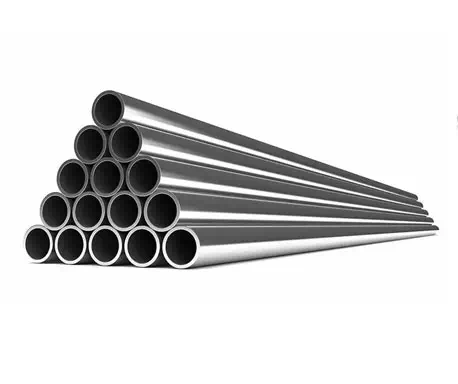
(II) Processing Control
Production environment requirements: During the production process, operations need to be carried out in a dust-free workshop (ISO 14644-1 Class 8). A dust-free workshop can effectively control the number of dust particles in the air, preventing dust and other impurities from contaminating the surface of the pipes during polishing and other processing procedures, thereby ensuring the smoothness and quality of the pipe surface. For instance, in some high-precision semiconductor chip manufacturing processes, the cleanliness requirements for pipelines are extremely high. Polished tubes produced in dust-free workshops can better meet such demands.
Subsequent processing technology: After polishing, acid washing and passivation treatment is still required. This treatment process can form a dense oxide film on the surface of the pipeline. This oxide film can further enhance the corrosion resistance of the material, prevent corrosive substances in the external environment from coming into direct contact with the pipe base, and thus extend the service life of the pipe. For instance, in some humid or corrosive gas-containing environments, pipes that have undergone acid pickling and passivation treatment can better resist corrosion.
Iii. Application Fields and Selection Suggestions
(1) Typical Application scenarios
Chemical Engineering and Energy: In the chemical industry, 316L stainless steel pipes are often used in sulfur-containing medium pipelines due to their excellent resistance to chloride corrosion, such as some pipeline systems in oil refineries. During the oil refining process, crude oil contains a large amount of sulfur. Corrosive gases such as hydrogen sulfide are produced during processing. 316L stainless steel pipes can effectively resist the erosion of these corrosive media. Duplex steel is widely used in submarine pipelines due to its high strength and corrosion resistance. Submarine pipelines need to withstand huge water pressure and corrosion from seawater. The excellent performance of duplex steel can ensure the safe and reliable operation of the pipelines.
Biomedicine: EP tubes play a significant role in aseptic fluid delivery systems in the biomedicine field. In the aseptic workshops of some pharmaceutical factories, the transportation of medicinal liquids requires highly clean pipelines. EP pipes comply with ASME BPE certification, which can ensure that the medicinal liquids are not contaminated during the transportation process and guarantee the quality and safety of the drugs.
Food processing: BA tubes are widely used in the food processing industry, especially in dairy equipment. During the production process of dairy products, milk and other foods tend to remain on the surface of pipes. If the surface of the pipes is not smooth, it is difficult to clean thoroughly and is prone to bacterial growth. The BA pipe has a high surface finish, no residue, and is easy to clean, which can effectively ensure the safety and hygiene of food.
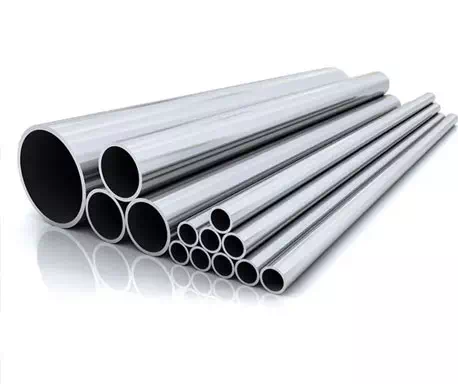
(II) Key Parameters for selection
Size range: Generally speaking, the outer diameter is between 6mm and 630mm, and the wall thickness is between 0.3mm and 50mm (and customized special-shaped pipes can be made according to specific requirements). In different application scenarios, the appropriate size needs to be selected based on actual requirements such as flow rate and pressure. For example, in some small-scale experimental equipment, pipes with smaller outer diameters and wall thicknesses might only be required; In large-scale chemical production workshops, pipes with large outer diameters and thick walls are needed to meet the requirements of the production process.
Pressure grade: When selecting the type, the wall thickness needs to be calculated in combination with the ASME B31.3 process piping code. Based on factors such as the pressure and temperature of the medium conveyed in the pipeline, the appropriate wall thickness is determined through calculation to ensure that the pipeline can withstand the corresponding pressure during operation and avoid safety accidents such as rupture.
Certification requirements: To ensure product quality and safety, when selecting products, suppliers that have passed ISO 9001, PED or NACE MR0175 certifications should be given priority. These certifications are an endorsement of the supplier's quality management system, product quality and performance, etc., which can ensure that the purchased stainless steel pipes meet relevant standards and requirements.
Quality advantage
* All products go through strict quality inspections before leaving the factory.
* I’m confident you’ll be satisfied with the sample quality once received.
* We only use 100% brand-new raw materials.
Online Message

Hot Products
News Center
- Overview of Steel Structures 2025-12-08
- A Comprehensive Analysis of Stainless Steel Applications: A Study on Its All-round Utilization from Traditional Industries to Cutting-edge Technologies Introduction (2) 2025-11-21
- A Comprehensive Analysis of Stainless Steel Applications: A Study on Its All-round Utilization from Traditional Industries to Cutting-edge Technologies Introduction (1) 2025-11-21
- Introduction to Stainless Steel Angle Steel Structure and Identification Methods 2025-11-20
- The application scenarios of floor deck slabs are extensive 2025-08-18
- Iron Bone and Thin: The Five-High Mystery of China's Carbon Steel Thin Plates and the Way to Break Through the Wall 2025-07-07
- The types of floor slabs and the mainstream models 2025-06-26
- Comprehensive Analysis of ASTM 301 / JIS SUS301 Stainless Steel 2025-05-21
- Is stainless steel safe ? 2025-05-15
- What kind of stainless steel is good for water bottles ? 2025-05-15

Zhishang Steel Co., Ltd
Zhishang Steel, specializing in domestic steel products trade, warehousing, processing and other services. The team has four service teams: Shandong Zhishang Steel Co., LTD., Shandong Zhiyiheng Trading Co., LTD., Tai 'an Zhishang Economic and Trade Co., LTD., Shandong Zhishang Steel Structure Co., LTD. Mainly engaged in steel coil, coated, stee···

